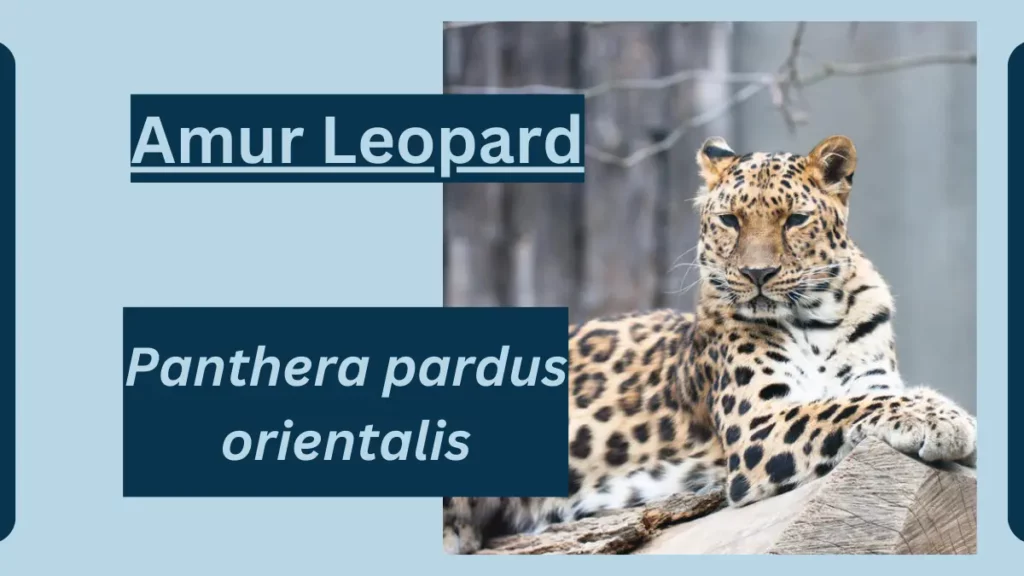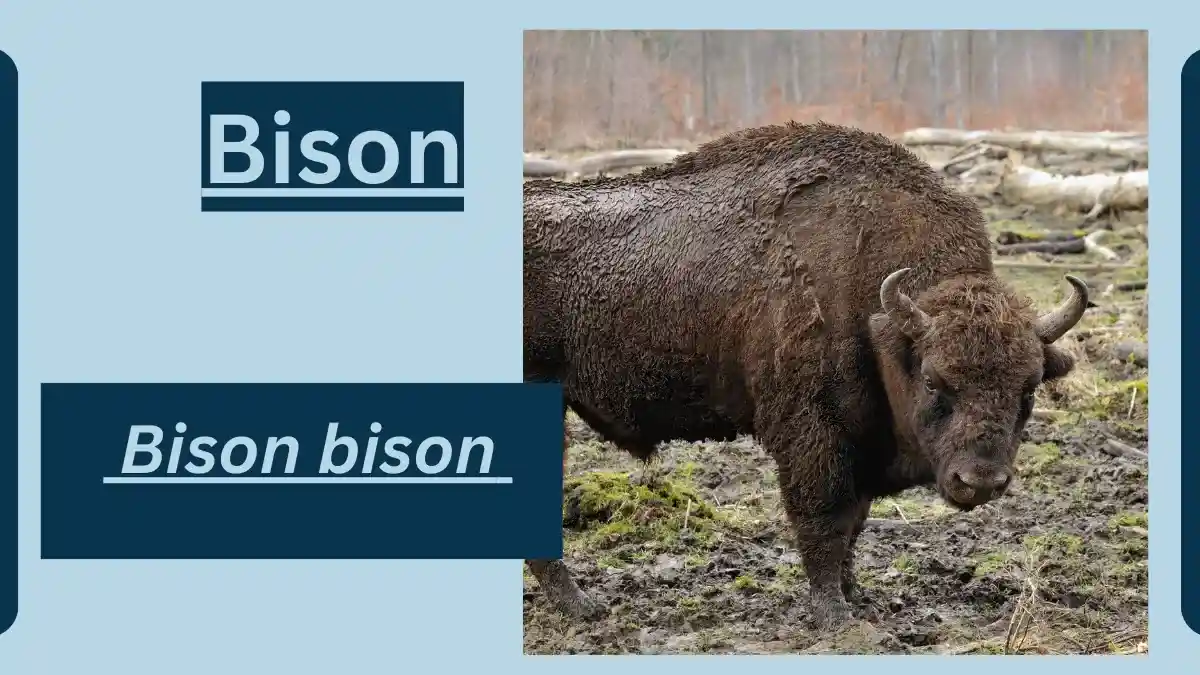Amur Leopard Animal Facts | Panthera pardus orientalis
October 12, 2023
The Amur Leopard is a critically endangered and highly elusive big cat species native to the Russian Far East and parts of northeastern China.

Amur Leopard
Here are some facts about Amur Leopards:
| Topic | Information |
| Scientific Classification | – Kingdom: Animalia |
| – Phylum: Chordata | |
| – Class: Mammalia | |
| – Order: Carnivora | |
| – Family: Felidae | |
| – Genus: Panthera | |
| – Species: Panthera pardus orientalis | |
| Origins and Evolution | Amur Leopards are a subspecies of the leopard and have adapted to the cold climate and rugged terrain of their native habitat. They have a long history in the Russian Far East and China. |
| Characteristics | Animal Anatomy and Appearance: Amur Leopards are known for their striking golden-yellow coats covered in large, dark rosettes. They have a thick fur layer to survive in cold climates. |
| Size: They are medium-sized big cats, typically weighing between 70 to 105 pounds (32 to 48 kilograms) and measuring about 4 to 5.6 feet (1.2 to 1.7 meters) in body length, with an additional 3.5 to 3.9 feet (1.1 to 1.2 meters) for their tail. | |
| Distribution and Habitat | Amur Leopards are primarily found in the Russian Far East and parts of northeastern China, inhabiting temperate forests and mountainous areas. They have adapted to a cold and snowy environment. |
| Behavior and Lifestyle | They are solitary and elusive animals, known for their nocturnal behavior. They are excellent climbers and swimmers. They are territorial and communicate through vocalizations and scent markings. |
| Reproduction and Life Cycles | Amur Leopards reproduce sexually, with females giving birth to litters of usually 2 to 3 cubs. The gestation period is around 90 to 105 days. Cubs stay with their mother for about 18 to 24 months. |
| Diet and Prey | They are carnivorous predators, primarily hunting deer, wild boar, and smaller mammals. They are highly adaptable and can prey on a variety of animals available in their habitat. |
| Predators and Threats | Amur Leopards face numerous threats, primarily habitat loss and poaching for their valuable fur and body parts. They are critically endangered, with only a few dozen individuals remaining in the wild. |
| Interesting Facts and Features | Highly Endangered: Amur Leopards are one of the world’s most critically endangered big cat species, with a few isolated populations remaining in the wild. |
| Camouflaged Coat: Their spotted coat provides excellent camouflage in the dense forests and snowy landscapes of their habitat. | |
| Relationship with Humans | Due to their elusive nature, Amur Leopards have limited interaction with humans. Conservation efforts aim to protect their habitats and combat poaching to ensure their survival. |
| Conservation Status and Life Today | Amur Leopards are classified as critically endangered by the International Union for Conservation of Nature (IUCN). Conservation programs and reserves are in place to protect their remaining populations and habitats. |
File Under:







Leave a Reply